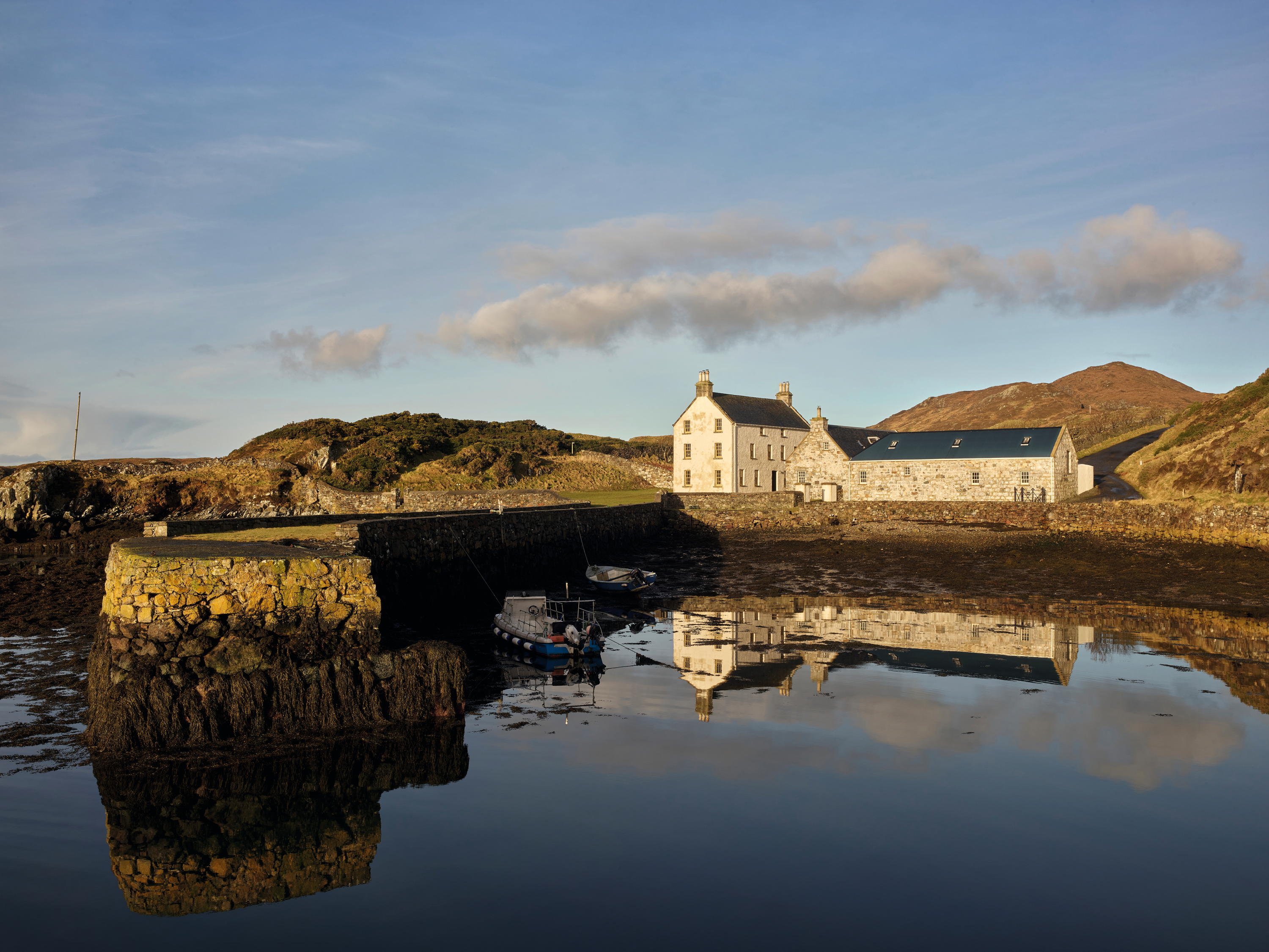Spectator - Carla Carlisle
The chef proposes grilled toast... followed by grilled toast


Although I knew Mary Had a Little Lamb and Baa Baa Black Sheep by heart before I was three, I did not see a lamb until I was seven years old. The only lamb you come across in America is in the freezer section at the grocery store with 'New Zealand' stamped in blood-red letters.
Only after my exotic Uncle Prichard decided to have sheep on his cotton plantation in Inverness, Mississippi, did I see the creatures that existed only in nursery rhymes and the Bible. I was transfixed by the woolly lambs with springs in their feet and joy in their hearts, and I longed for one of my own, to have and to hold. As soon as the grown-ups began their evening ceremony of Bourbon and water, I sneaked off to the field where the sheep grazed on soy bean left-overs.
But the lambs, unlike our friendly Jersey calves, did not want my company. The closer I got, the more anxious they looked, until, without warning, they took off in a cinematic stampede, hundreds of hooves rumbling across the flat, dry earth. When the blanket of dust cleared there was a small heap of white wool at my feet. I knelt down and felt its still-warm, trampled body. Sweet. Soft. Dead.
I still remember the ache of my moral dilemma: confess my crime to Uncle Prich (first rule of country life: never chase livestock) or find a shady grave out of the flight path of buzzards? My nervous confession was rewarded with swift, cool forgiveness. As penance I silently vowed to never, ever eat lamb, a vow which lasted until, 10 years on, I was served thin slices of pink lamb, embedded with garlic and rosemary. Still, I've tried to stick to a culinary moral code. I want everything I shoot, trap, hook, pluck, behead and gut to have had as nice a life as possible.
I try only to buy meat in our farmers' market because I know the tender-hearted farmers who produce it. But there is one exception. On high days and holy days I order fresh duck livers from Hamish who goes to Rungis twice a week, and I make foie gras. I usually do an instant version cured in salt that I learned in Burgundy. Much less work than a classic terrine, it's just as unctuous, smooth, elegant and delicious. As I pull away the clear membrane that covers the outside of the duck liver, I do not think about my sweet Call ducks named Ebb and Flo. I just think about the pleasure of serving the slices of foie gras on a chilled plate, a few leaves of lambs lettuce glistened with walnut oil, a spoonful of fig-and-prune chutney and freshly grilled bread. And a glass of Sauternes.
But if your mouth is watering, swallow now. Last year, Governor Arnold Schwar-zenegger banned the production of foie gras in California. If this sounds like Hitler being a vegetarian no one has dared say so. In fact, the anti-foie gras lobby now pickets restaurants and chefs are caving in faster than you can say foie gras de canard frais. The latest defector is Charlie Trotter, a celebrity chef from Chicago who's publicly renounced foie gras on 'ethical grounds'.
I admit that force-feeding ducks to fatten their livers is a creepy process. So is raising animals in confined, darkened spaces, taking newborn calves from their mamas, and herding cattle with electric prods. I don't serve foie gras in my own restaurant because we aim to serve only what is born, grown or produced within a five-mile radius, except the fish which comes to this landlocked farm from Cornwall or Scotland.
Sign up for the Country Life Newsletter
Exquisite houses, the beauty of Nature, and how to get the most from your life, straight to your inbox.
But if animal-rights extremists, bloated from their fox-hunting ban, start targeting restaurants, only the grilled toast will be safe.
This article first appeared in Country Life magazine on April 14, 2005.
Country Life is unlike any other magazine: the only glossy weekly on the newsstand and the only magazine that has been guest-edited by HRH The King not once, but twice. It is a celebration of modern rural life and all its diverse joys and pleasures — that was first published in Queen Victoria's Diamond Jubilee year. Our eclectic mixture of witty and informative content — from the most up-to-date property news and commentary and a coveted glimpse inside some of the UK's best houses and gardens, to gardening, the arts and interior design, written by experts in their field — still cannot be found in print or online, anywhere else.
-
 Rodel House: The Georgian marvel in the heart of the Outer Hebrides
Rodel House: The Georgian marvel in the heart of the Outer HebridesAn improving landlord in the Outer Hebrides created a remote Georgian house that has just undergone a stylish, but unpretentious remodelling, as Mary Miers reports. Photographs by Paul Highnam for Country Life.
By Mary Miers
-
 380 acres and 90 bedrooms on the £25m private island being sold by one of Britain's top music producers
380 acres and 90 bedrooms on the £25m private island being sold by one of Britain's top music producersStormzy, Rihanna and the Rolling Stones are just a part of the story at Osea Island, a dot on the map in the seas off Essex.
By Lotte Brundle